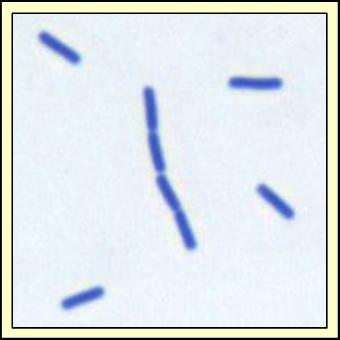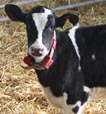Edinburgh/Yoghurt
From 2007.igem.org
 Introduction | Applications | Design | Modelling | Wet Lab | Proof of concept | Future Directions | References
Introduction | Applications | Design | Modelling | Wet Lab | Proof of concept | Future Directions | References
| Welcome to the self-flavouring yogurt project
The aim of this project is not only to produce colourful, tasty yoghurt, but to demostrate that it is possible to successfully introduce BioBricks into gram positive organisms.
There are several advantages for using genetically engineered gram positive bacteria, over the traditionally used E. coli.
|
Yoghurt Production
Traditionally making yoghurt was a method used to preserve milk for longer, as the fermentation culture used lowered the pH of the yoghurt, which inhibited the growth of food spoiling, not to mention potentially hazardous, micro-organisms.
Yoghurt is produced by introducing lactic acid bacteria (LAB) into milk (these include the legally required strains Lactobacillus delbrueckii subsp. bulgaricus and Streptococcus salivarius subsp. thermophilus). LAB then partially digest the casein proteins within the milk and metabolise lactose to lactic acid, leading to a decrease in pH (to around pH4.5), causing the casein proteins to gel together and form yoghurt.
Today yoghurt has many reported health benefits. For example, the inclusion of Bifidobacterium,
Lactobacillus acidophilus and Lactobacillus casei in the yoghurt starter culture, creates a probiotic - a dietary supplement that contains several potentially beneficial bacteria, which may help replenish the body's natural gut flora.
Yoghurt may also be enjoyed by many lactose intolerant people, as the enzymes released by the LAB are thought to aid digestion of lactose within the gut.
More information about yoghurt may be found at [http://en.wikipedia.org/wiki/Yogurt wikipedia]
Introduction | Applications | Design | Modelling | Wet Lab | Proof of concept | Future Directions | References


